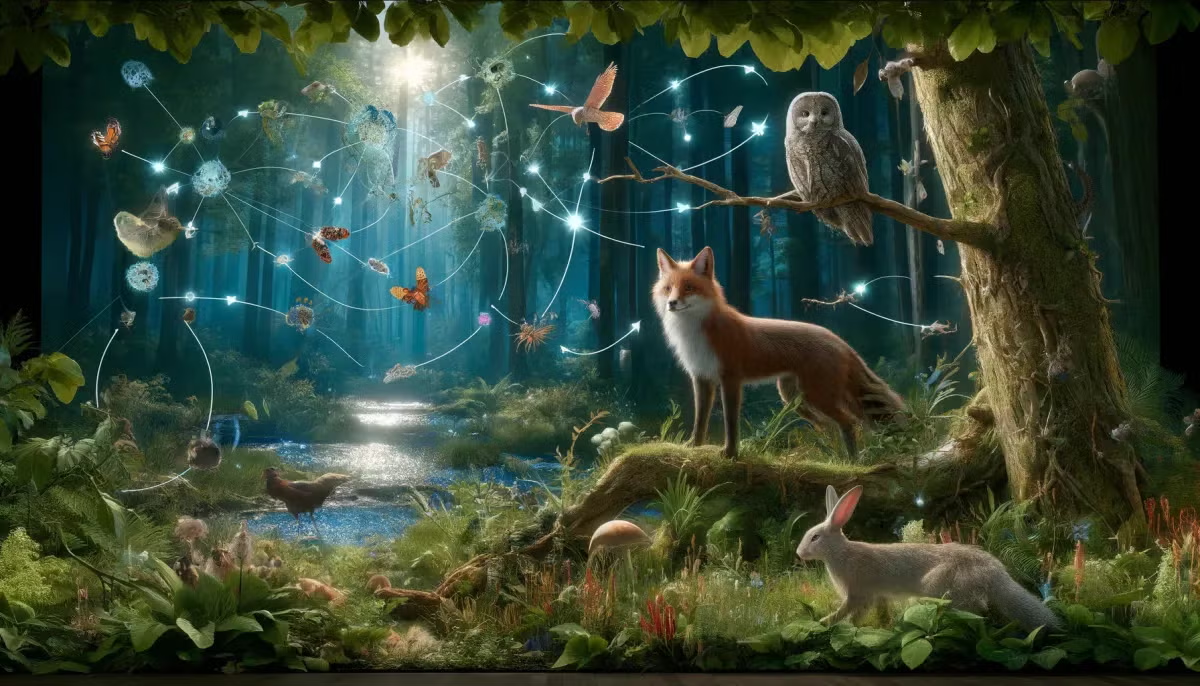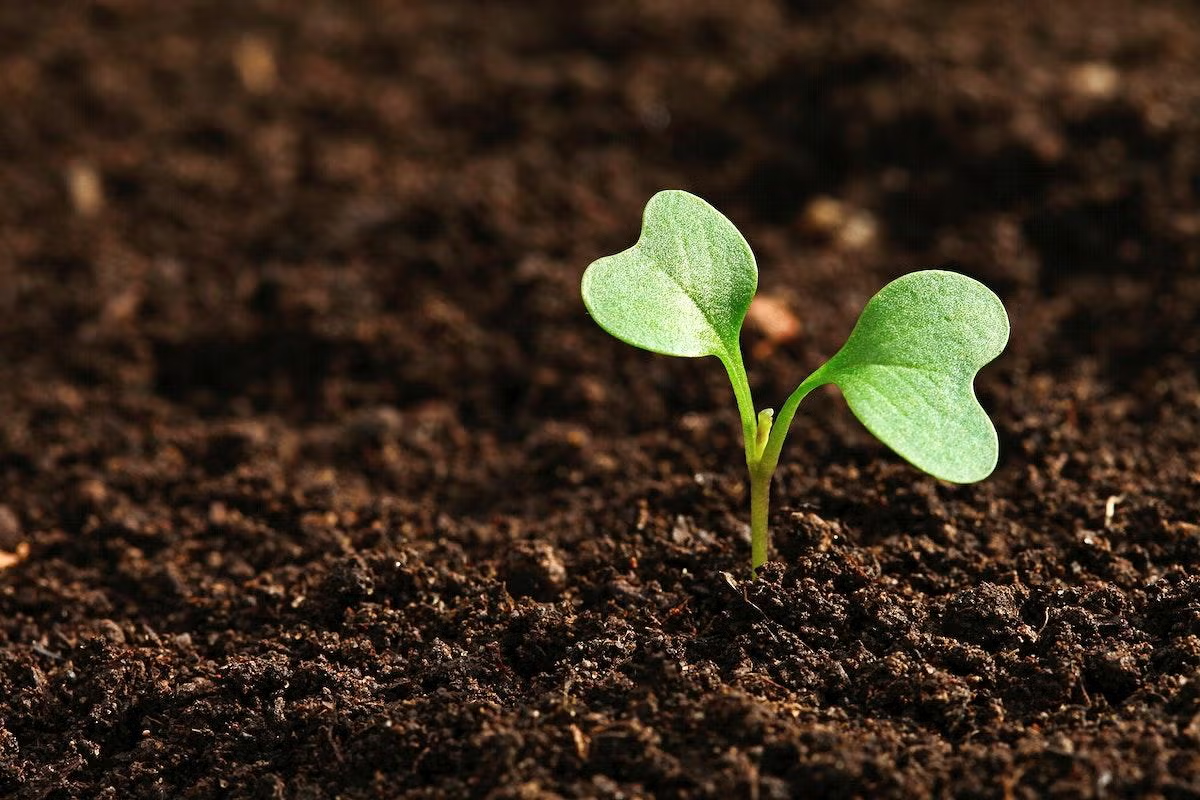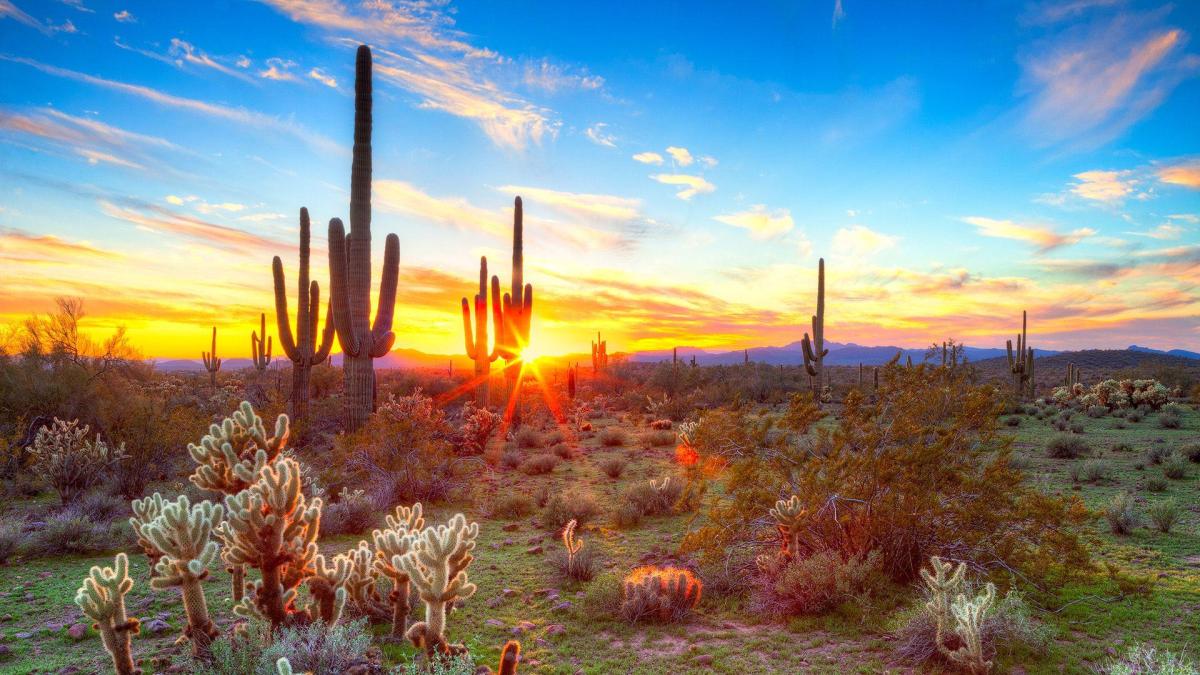
Grades:
3rd Grade, 4th Grade
Encouraging students, from a young age, to think about their interests, dreams and goals lets them see possibilities for the future. As students listen to their thoughts and put those thoughts into

Grades:
4th Grade
Students will learn about melanoma and non cancerous moles and how to spot them through symmetry. They will use Pixlr tools to understand the identification process and then they will create their own

Grades:
3rd Grade, 4th Grade
Students will create a solar system scroll using fractions so that they are able to represent fractions on a number line using a real-life application, while also learning about the scale of the solar

Grades:
3rd Grade, 4th Grade
In this lesson, 3rd and 4th-grade students will explore the life cycles of various animals using technology to enhance their understanding. Students will research the stages of an animal's life cycle

Grades:
4th Grade, 5th Grade
This lesson integrates math practice with hands-on experience in vermicomposting, reinforcing environmental awareness and mathematical skills among Arizona 5th-grade students. Math practice involves

Grades:
4th Grade, 5th Grade
This lesson on nanotechnology for 4th and 5th graders introduces students to the concept of scale by exploring the incredibly small measurements used in nanotechnology. Through engaging activities

Grades:
Kindergarten, 1st Grade, 2nd Grade, 3rd Grade, 4th Grade, 5th Grade, 6th Grade, 7th Grade, 8th Grade
Most students are likely familiar with popular films like Happy Feet, Surf’s Up, Penguins of Madagascar, and classic books like Mr. Popper's Penguins. Capitalizing on this familiarity with penguins

Grades:
4th Grade, 5th Grade
In this lesson, we will learn about different methods for growing potatoes, as the pioneer farmers would have needed to test during the time of the settlers in the United States and Westward Expansion

Grades:
4th Grade, 6th Grade
After learning about the cycling of water and understanding that natural resources are limited, students use biomimicry to design their own water capturing system. Students begin by learning about the

Grades:
3rd Grade, 4th Grade, 5th Grade, 6th Grade
In this lesson students combine science and math standards to explore the animal adaptation: camouflage. Students engage in discussion, watch a video, complete a hands-on activity, fill out a table

Grades:
2nd Grade, 3rd Grade, 4th Grade
Students learn about the gila woodpecker as well as the 5 S's of birdwatching. Students then make observations of birds in their schoolyard, summarize the findings on a graph and slideshow, and design

Grades:
4th Grade
Dive into adaptations and an intro to evolution through activities, readings, analyzing data, and a virtual lab to determine what happens to a species over time. There are plenty of extensions and is

Grades:
3rd Grade, 4th Grade, 5th Grade
Students will examine the pro's and con's of various types of vertical gardens and create fractional models of 3 gardens. They will select a garden to plant and provide their rationale.

Grades:
4th Grade, 5th Grade
This lesson is part 2 of a lesson based off of the Artemis Roads II developed by NASA. It moves from the research of the project to the engineering aspect.

Grades:
4th Grade, 5th Grade
This lesson is based off of the Artemis Roads II lesson developed by NASA. Students will be researching and developing a biome/lunar greenhouse. This is part 1 of 2 of the lesson plan.

Grades:
4th Grade, 6th Grade
This project consists of the final part of a four-part unit for 4th and 6th-grade students exploring Arizona's science standards. Students will study how living things compete for energy and resources

Grades:
4th Grade, 6th Grade
This project is the third of four parts involving 4th—and 6th-grade students exploring Arizona's science standards. Students will learn about how human activities impact the environment, competition

Grades:
4th Grade
Students will act as scientists who are tasked with designing and modeling a new plant that has special adaptations to help it survive in an extreme environment!

Grades:
4th Grade
In this lesson, the students will list various kinds of animal adaptations. Demonstrate an understanding of how an animal's adaptations help it to live in its particular environment. Recognize typical

Grades:
3rd Grade, 4th Grade, 5th Grade
Students will determine the best materials to use to build their school budget. They will create several garden models and determine which garden they ultimately want to build. Students will then

Grades:
4th Grade, 6th Grade
This is the third lesson as a part of the 4th and 6th grade crossover project. Lesson one introduces the students to the idea of abiotic and biotic factors and how they interact with each other

Grades:
3rd Grade, 4th Grade, 5th Grade, 6th Grade, 7th Grade, 8th Grade
This lesson is intended to expose students to information about environmental changes and how solar energy affects living things. Students are challenged to design and build a shelter for a dog to

Grades:
4th Grade
This lesson explores light energy, hydroponics, and metric measurement conversions (mm, cm, m). Students will identify the ways that different colors of light energy can affect plant growth. They will

Grades:
4th Grade
This lesson is in collaboration with the National Park Service and contains additional activities from the Jr. Ranger program. Using the NPS brochure guide/map and Plantnet app, students will identify


